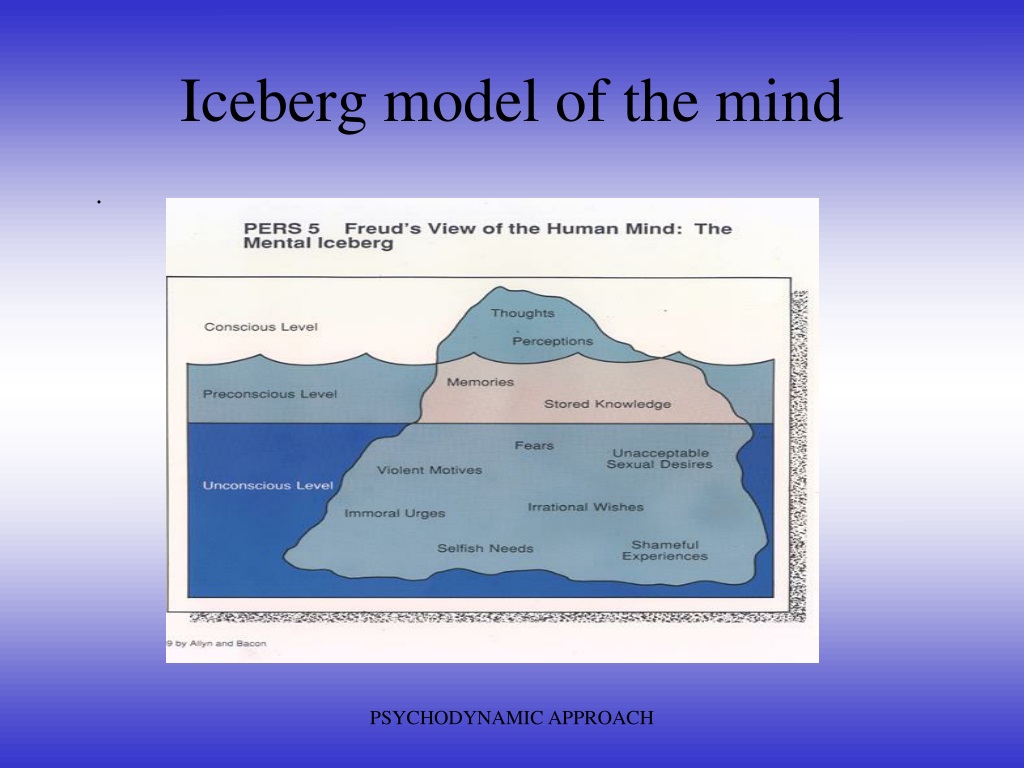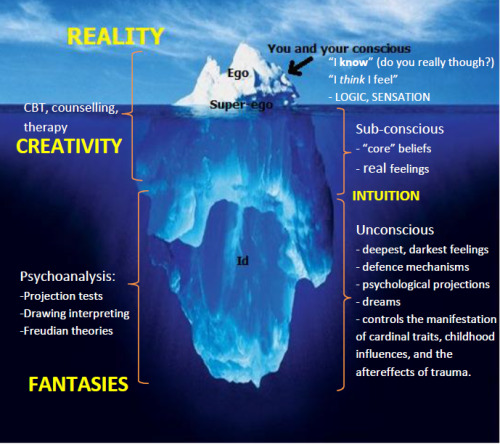

A good example of a slip of a tongue is when a person calls their spouse by the ex-spouse’s name.įreud believed that the content of the unconscious mind can also bubble up in dreams. Freud believed that the slip of the tongue reveals the unconscious thoughts or feelings of a person in a form of an unintentional error. Most people experience Freudian Slip once in a while. Understanding the slip of the tongue is one way to understand conscious, preconscious, and unconscious minds. Additionally, people also use a vast array of defense mechanisms including repression and aggression in order to avoid their unconscious feelings and motives. Probably the most interesting thing is that the unconscious mind governs the behavior of the human personality to a deeper and greater degree than almost all people suspect. It also contains things that are unpleasant and unacceptable like feelings of conflict, anxiety, and pain. It included everything from memories and urges to thoughts and feelings. Unconscious LevelĪll the things that are outside the conscious awareness of a human mind are known to be the unconscious mind. The preconscious level of the theory includes all the feelings, words, emotions, wishes, and thoughts that a person can bring to his/her conscious mind. Interestingly, the conscious level also includes the thoughts that aren’t always present in our consciousness but can be brought into awareness whenever needed. This level allows humans to think and speak words logically and rationally. Conscious LevelĪccording to Freud’s theory, the conscious level of the human mind basically controls all the wishes, emotions, feelings, memories, and thoughts, which a human is aware of at a certain moment. It’s important to note that Freud’s structural theory about human personality is still subject to criticism. Freud also defined ID, superego, and ego and explained that the superego and ego have unconscious, preconscious, and conscious aspects whereas the ID only has unconscious aspects. The three levels of consciousness include unconscious, conscious, and preconscious. What are the Three Levels of Consciousness According to Freud? The model of the iceberg is still used in psychology to describe the theoretical concepts of three levels of consciousness of the Freudian theory.

It’s important to note that the theory also says that about 90 percent of the iceberg is below water which means that the majority of the human brain consists of a subconscious part. He said that the top/tip of the iceberg that you can easily see is the conscious mind, the submerged part of the iceberg which is still somewhat visible is the preconscious mind, and the part below water that we can’t see in the subconscious. What is Sigmund Freud’s Iceberg Theory?įreud used the analogy of the iceberg to define the three levels of the mind of human beings. The same term also refers to the research techniques that the psychoanalyst used to develop his theories about personality development. In order to refer to and define many aspects of his work, the psychoanalysis term is used. However, it’s a fact that his work has a profound influence on many different fields including art, literature, anthropology, sociology, and psychology. He looked for unconscious processes and unconscious motives in his patients’ minds to understand how their behavior is influenced.Īt that time Freud’s ideas were considered shocking and interestingly, people still debate to understand whether his ideas are true or not. Sigmund Freud is one of the most popular neurologists of the twentieth century, He founded the psychoanalytic theory and his personality development perspective varies from the general theory of social learning. According to Freud’s theory, each of these levels plays a vital role in defining personality and influencing behaviors. These awareness levels include unconscious, conscious, and preconscious. He said that these psychological forces work on the basis of three different awareness levels. Sigmund Freud was a very famous psychoanalyst who believed that the human personality and behavior are derived from the unique and constant interaction of some conflicting psychological forces.


 0 kommentar(er)
0 kommentar(er)
